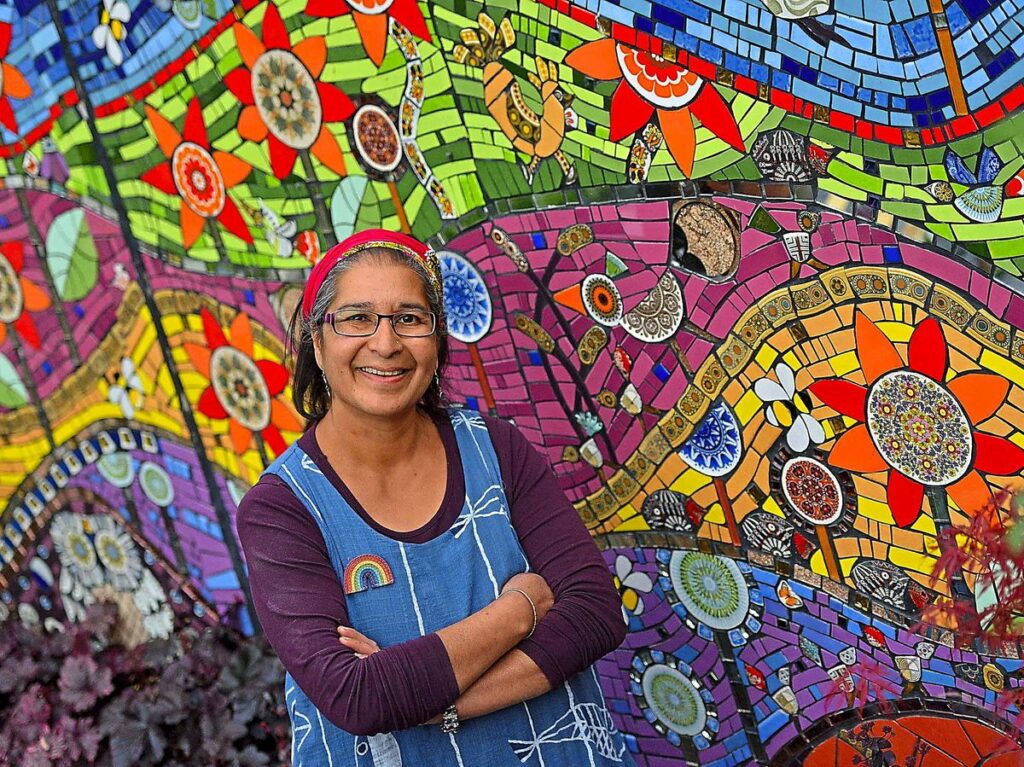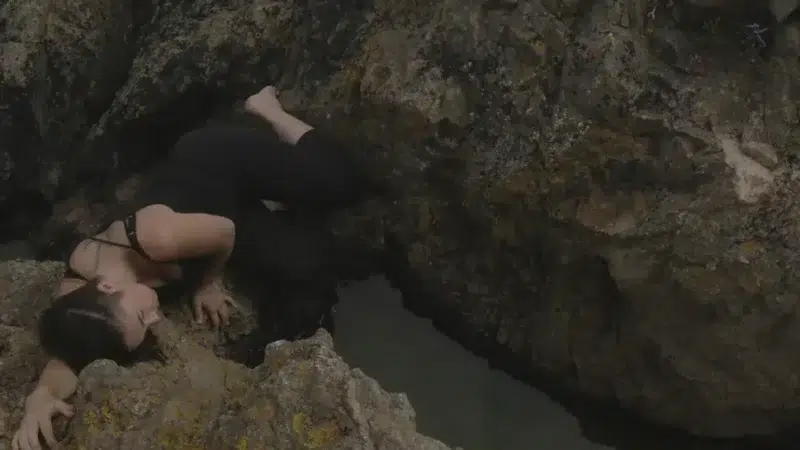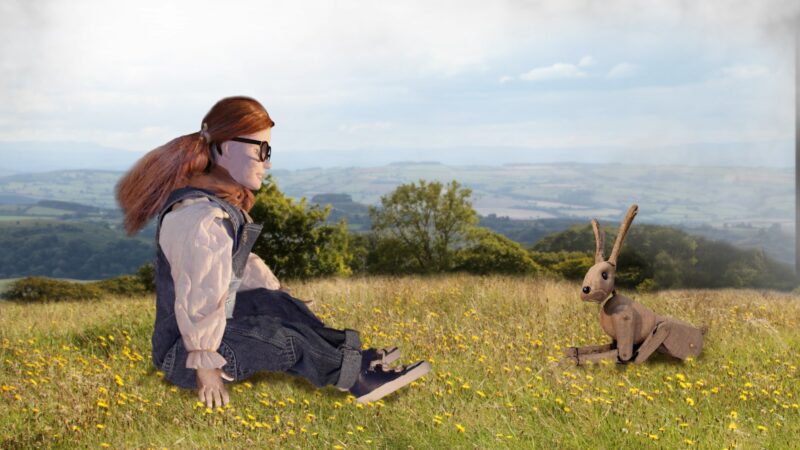Creative Black Country’s 100 Masters started life as a real-world exhibition celebrating local craftspeople voted for by the public. But it was their digital outputs that propelled the project into the limelight. At the beginning of its digital life, the project’s Facebook page had 22 followers. Within a few days it had over 80,000, and one of its films has now been watched 10 million times. What did they get so right?
Setting the project aims
Parminder Dosanjh, the Creative Director at Creative Black Country, says they had clear aims from the outset. “We knew we wanted to create some films, we knew we wanted to increase our following, and we knew that we had to do a lot of it in- house,” she says. In order to achieve the results they were looking for, they applied to The Space’s commissioning round for help.
“The first thing we did was to draw up a playbook,” says The Space’s Rob Lindsay, who advised on the project. Parminder hadn’t heard the term before but describes it as “a bible or kind of toolkit of guidelines for how we produce material”. She says it was central to the films’ success.
Rob says there were a number of decisions Creative Black Country made at this initial stage that they stuck to religiously throughout the project.“ In order to reach a global audience, we decided to avoid mentioning local place names, and we wanted to appeal to people who were struggling to fulfil their own creative ambitions – that meant seizing on stories where the artist had overcome obstacles, where the message was you can do this too.”
Finally, they also decided that the films should be as visually arresting as possible, and that’s how they came to kick off the series with the story of Caroline Jariwala – the story that very quickly reached 10 million people.
Crafting the story
Caroline is an artist who works with mosaic, and not only was she herself a charismatic character on camera, but her art provided a spectacular backdrop. “Her whole house is covered in these wonderful, joyful mosaics, so we were gifted some brilliant opening footage,” Rob says.
It was this combination of rich content and careful narrative decisions that enabled them to produce such a shareable film. But it was overlaying this footage with text that was key to the film’s appeal to audiences. “We had a short caption at the very beginning of the film that simply said ‘Caroline got an E for Art at A Level,’” says Rob. “Immediately it creates intrigue – how did this person get past such a discouraging, critical moment to build a life as such a brilliant artist?”
To ensure the narrative was as punchy as possible, the team were ruthless in the edit. “We had over 30 minutes of interview footage,” Rob says, “but the final film came in at just over a minute and a half. We really focused in on delivering the most essential, arresting nuggets of information.”

Sharing the story
The film was shared on the project’s Facebook channel, and those posts were the final jigsaw piece in the puzzle. They went out with a pull quote from Caroline: ‘Art isn’t about passing a blimmin’ exam!’, and that proved to be a highly effective hook. “In the analysis we did afterwards,” Rob says, “we found that people who were commenting on and sharing the video were responding in particular to that quote – it sparked a conversation.”
The film’s success was all down to a thoughtful, rigorous creative process. By taking the time at the beginning of the project to establish the content objectives, then teasing out the narrative hooks and cutting the content down efficiently and effectively, Creative Black Country reached a global audience and set a model for other organisations around the world.
Top tips for producing great online content
- Make a plan
- Be ruthless in your edit
- Text matters, both on screen and in social media posts.
How useful was this resource?



